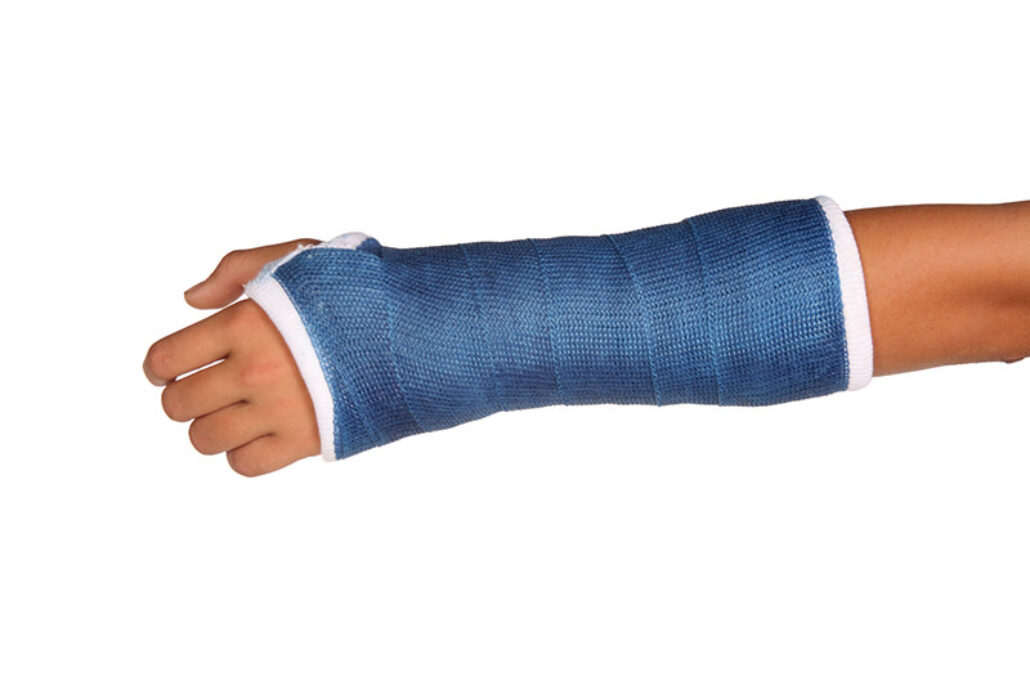We’ve got tips to help you maximize the benefits of post-surgical splints, casts, and braces.
Broken bones need time to heal. Pain usually stops long before the healing process is complete and bone is solid enough to withstand normal activity. Casts, splints, and braces may be cumbersome, but they can be an essential component of safe recovery following an injury or surgery. These devices support and protect injured bones, and hold them in position so they will heal correctly. The extra support they provide can also reduce pain, swelling, and muscle spasm. Understanding the different types of casts, and the correct way to care for them, can help make your proscribed time in a cast, splint, or brace safe, effective, and problem-free.
- Removable splints. These supports can be removed to allow gentle exercises that may enhance your return to normal activities. These splints also let you wash the supported joint. However, some data suggests that wearing a removable splint increases the risk of problems with the surgical wound, and the chance of an accident if the splint is not replaced immediately. If you are wearing a removable splint, follow your doctor’s instructions regarding how often and how long you can take off the device.
- Casts. A fixed cast can be made of fiberglass or plaster. This solid support does not allow for exercise of the injured joint. Because you can’t take it off, wearing a cast can also be an itchy proposition. However, a cast does keep injured bones immobile, reducing the risk of injury during your recuperation. Whether you are wearing a fiberglass or plaster cast, follow your doctor’s instructions about when it’s safe to first put pressure on it.
-
- Fiberglass casts are more expensive than their plaster counterparts, but they are lighter in weight, harden quickly, last longer, and “breathe” better than plaster. You can put pressure on a fiberglass cast sooner after it is applied, and fiberglass is less of a barrier to follow-up x-rays used to monitor the healing process.
-
- Plaster casts are more economical, but they are heavier, less comfortable, and may take several days to dry completely. Plaster is the preferred casting medium for some injuries because it can be molded to a closer custom fit.
- Braces. These supports are made from hard or soft plastic that it fitted around the injured limb and strapped in place. Then built-in air cushions are inflated to hold the brace in place while supporting the injured area. There’s no waiting to put pressure on braces; they are ready to use immediately.
While you are wearing a plaster cast, it’s important to keep it dry—moisture weakens the plaster and may cause skin irritation. Resist the temptation to cut or trim your cast, and don’t remove the padding. To avoid infection of the surgical wound, guard against dirt and sand, and don’t use powder on the skin under the cast. If the cast cracks or develops soft spots, contact your doctor. And of course, never try to remove your cast yourself.
With a little patience and proper care, your splint, cast, or brace will keep you safely on the path to a full recovery.
